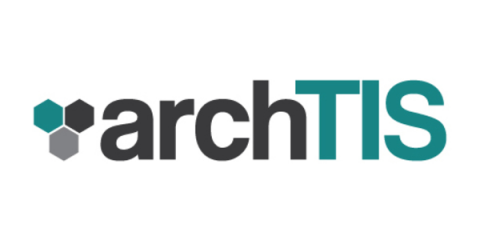BYOD Security: Using ABAC to Manage Access to Sensitive Data
The concept of Bring Your Own Device, or BYOD, has been adopted by organizations wanting to take advantage of the benefits. BYOD allows employees to use their personal devices to connect to their business networks and access work-related resources using smartphones, personal laptops, tablets and USB keys. But is a BYOD strategy good for security? Along with the benefits come increased BYOD security risks that require mitigation.


